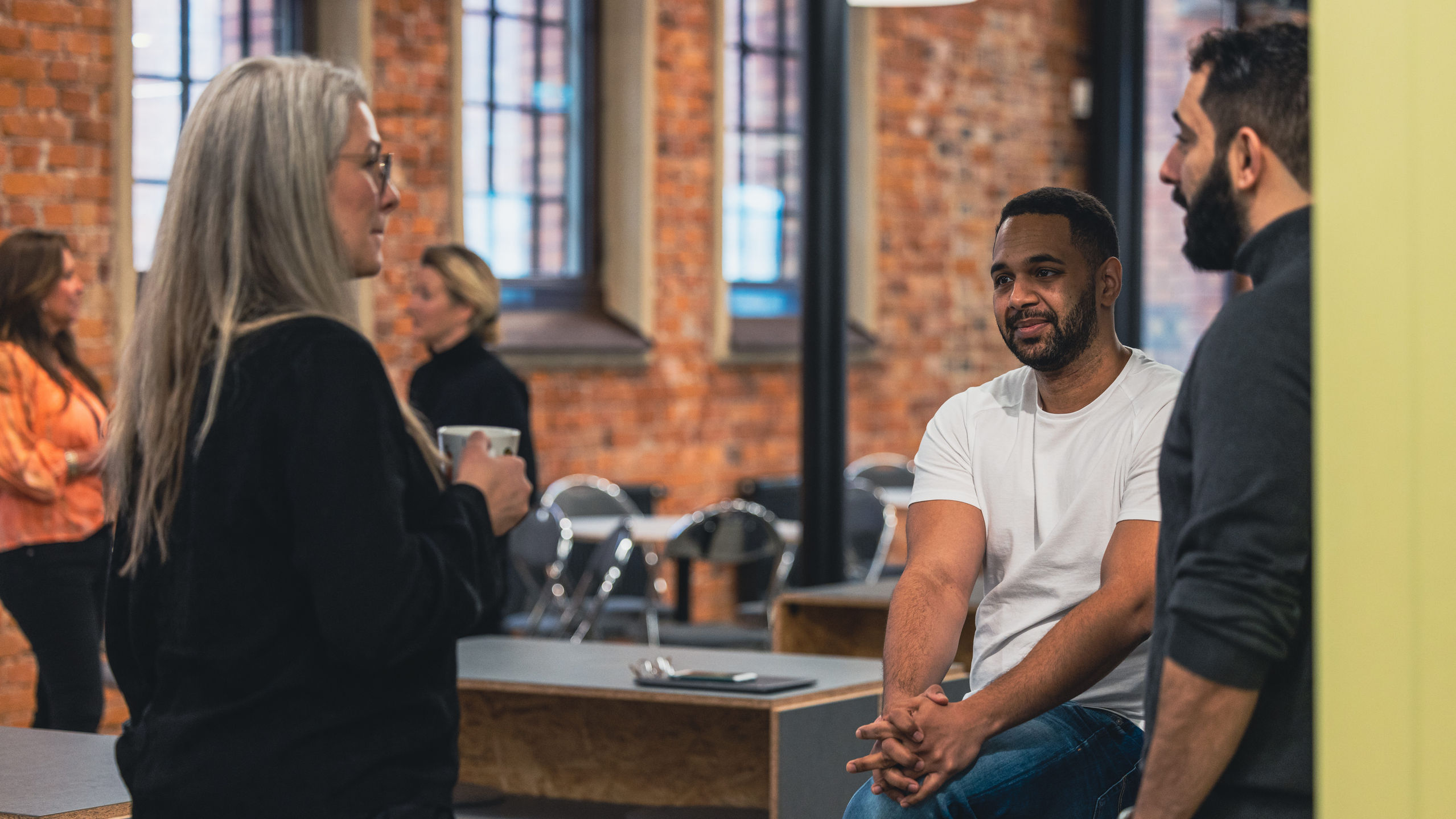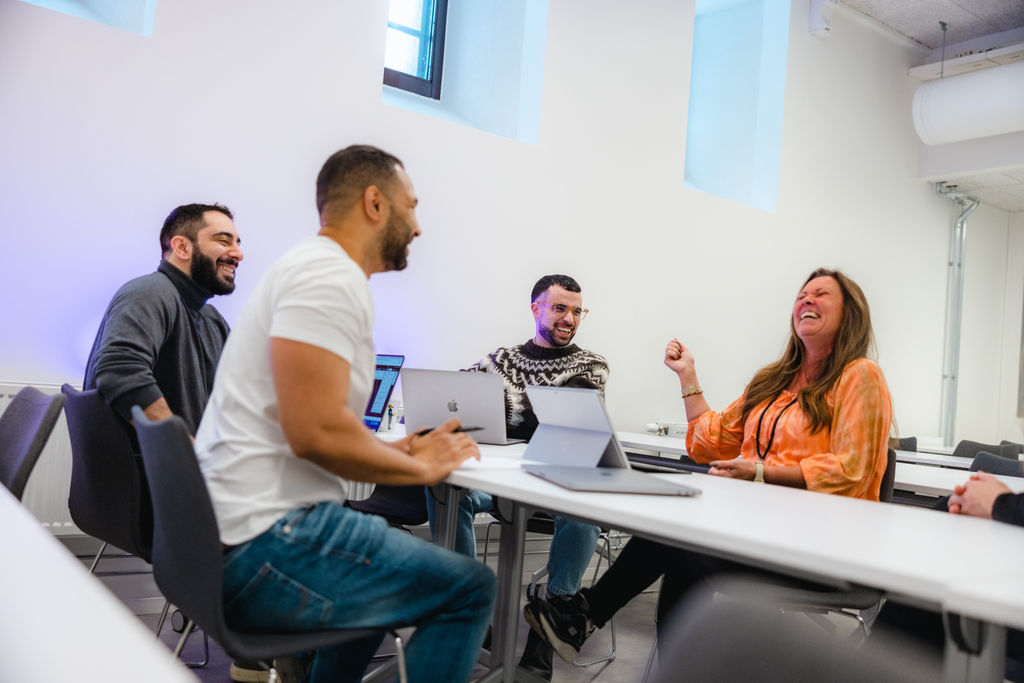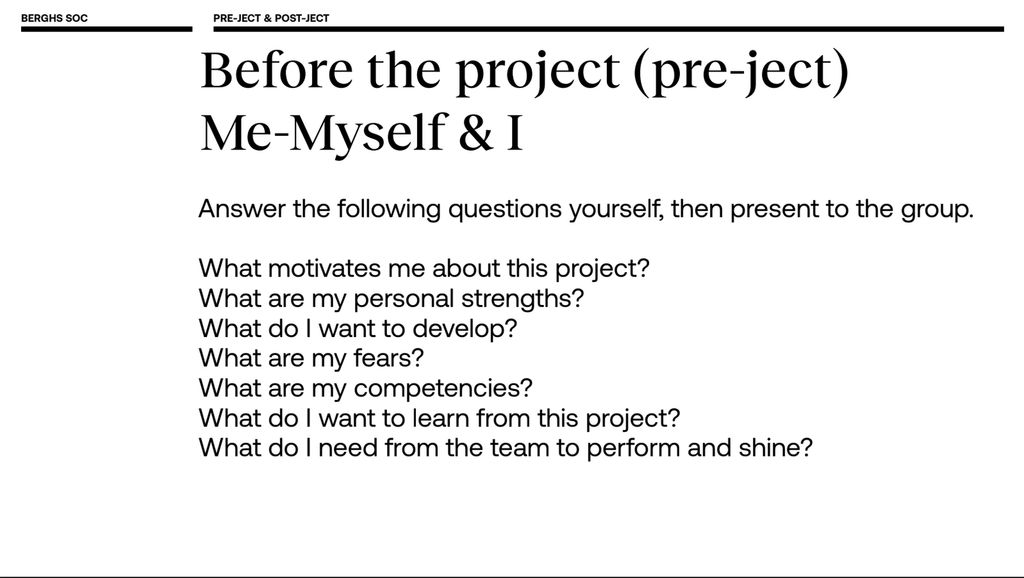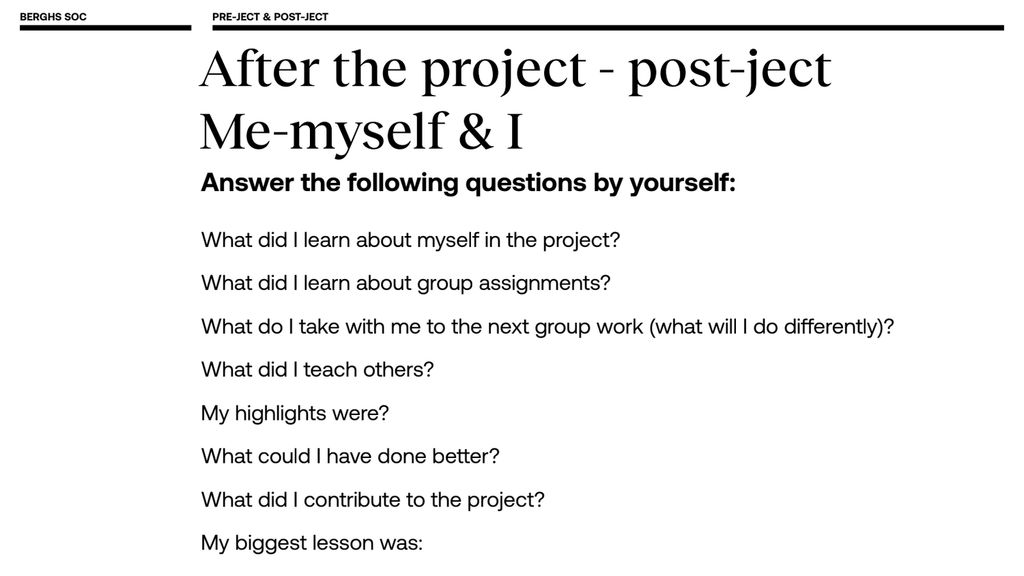Teamwork & Temperature in Berghs Advanced

In this guest post, recent Advanced Advertising graduate Floor van den Berg explores her experience as an Advanced student and teamwork. Happy reading!
If you’re considering Berghs Advanced, start at the top. If you just want to radically transform your teamwork, feel free to skip ahead to The Questions.
This amazing group just finished four months of Berghs Advanced in Stockholm.
The Course
I read a lot about the course before starting. People called it "crazy intense", and "really hard". I was a bit nervous.
In reality, it didn't feel like that to me. I had fun. Lots of fun. Writing, making, learning new things. Working with incredible designers. Having people close-by who could help me present the work in aesthetically pleasing and impactful ways. Developing my strategic side. Having lots of ideas, and the team in place to make them a reality.
It's been amazing.
To be around a group of incredibly talented people, and get to share a desk (or a seesaw).
At Berghs, you'll find out very quickly that Swedes love working in groups.

Do you still have nightmares from high school, college, or university group projects? I know I do. Thankfully, Berghs does things differently.
Early in the course, we got a chance to work with Patrik Hambraeus (Learning & Development, and long-time teacher at Berghs), and we now start each group project with an honest discussion about our strengths and weaknesses; what we bring to the group, as well as what we need from it.
It has changed the way I do my (team)work.
The group acknowledges each other, not just as professionals with specific roles, but as whole people. People who respond differently to feedback, criticism and praise. People who work at different speeds, hours, and sometimes different locations. In the process, we respect and protect each other, and we show up.
Sometimes this means receiving a check-in text after a particularly harsh feedback cycle from a client. Sometimes it means meeting in person, because we know one of us works better when somebody's sitting next to them. Other times, it's stopping our kick-ass designer from working all night, making sure they know that the work is already amazing, and tomorrow is another day.
During long sprints, it's being given an hour to go walk in the forest, because my team knows I'll come back with much better ideas (and a lot more patience). Outside of class, it is giving each other feedback on unrelated projects, because we have learned to trust each other’s opinions.
I have come to value teamwork in a whole new way, and I have Berghs to thank for that.
The Questions



The Story
To learn more about the origins and benefits of the framework, I reached out to Patrik. He provided more valuable insight:
“I tried to find out when we started Pre and post ject practice and it dates back to 2014. We realised that we needed to give all teams a simple but effective model to create the best possible conditions for group work. At Berghs we design our teaching around cases and team work - it is by far the most effective way to learn.
Pre and post ject is all about responsibility and agency. Reflecting both before and after an intensive creative sprint about your own role accelerates your own maturity as a team member. The WE part, sharing skills, obstacles and setting practical rules is the first step to psychological safety - the foundation of all great team work.
Our aim is to get the students to create a habit of always doing a pre and a post-ject and hopefully bring the practice with them in their professional careers.”
In conclusion: the pre- and post-ject practice has become a fundamental tool that can be very useful for teamwork at Berghs and beyond. Given the international nature of the program and its temporary inhabitants, I would not be surprised to find the framework supporting teams far beyond the boundaries of Stockholm.
With questions and answers,
Flora
* Check out more of Flora's copywriting work in her portfolio, which can be found here!
Related programs
Advanced Advertising
This immersive 15-week program will supercharge your advertising portfolio by equipping you with the skills and experience, including advanced generative AI techniques, to elevate your career.
Advanced Design
This immersive 15-week program will supercharge your design portfolio by equipping you with the skills and experience, including advanced generative AI techniques, to elevate your career.
Related Articles

What is it like to Study in Sweden? Perspectives from Berghs' International Students
Berghs School of Communication welcomes dozens of international students every year who are drawn to Sweden's reputation for creativity, design, and inclusivity.

Inside the Creative Journey: Developing skills in Berghs’ Advanced Advertising Program
Berghs School of Communication offers a variety of top-notch courses in advertising, design, and communication.

Students from Around the World: The Advanced Class of 2023
Berghs School of Communication welcomes creative minds from all over the world.